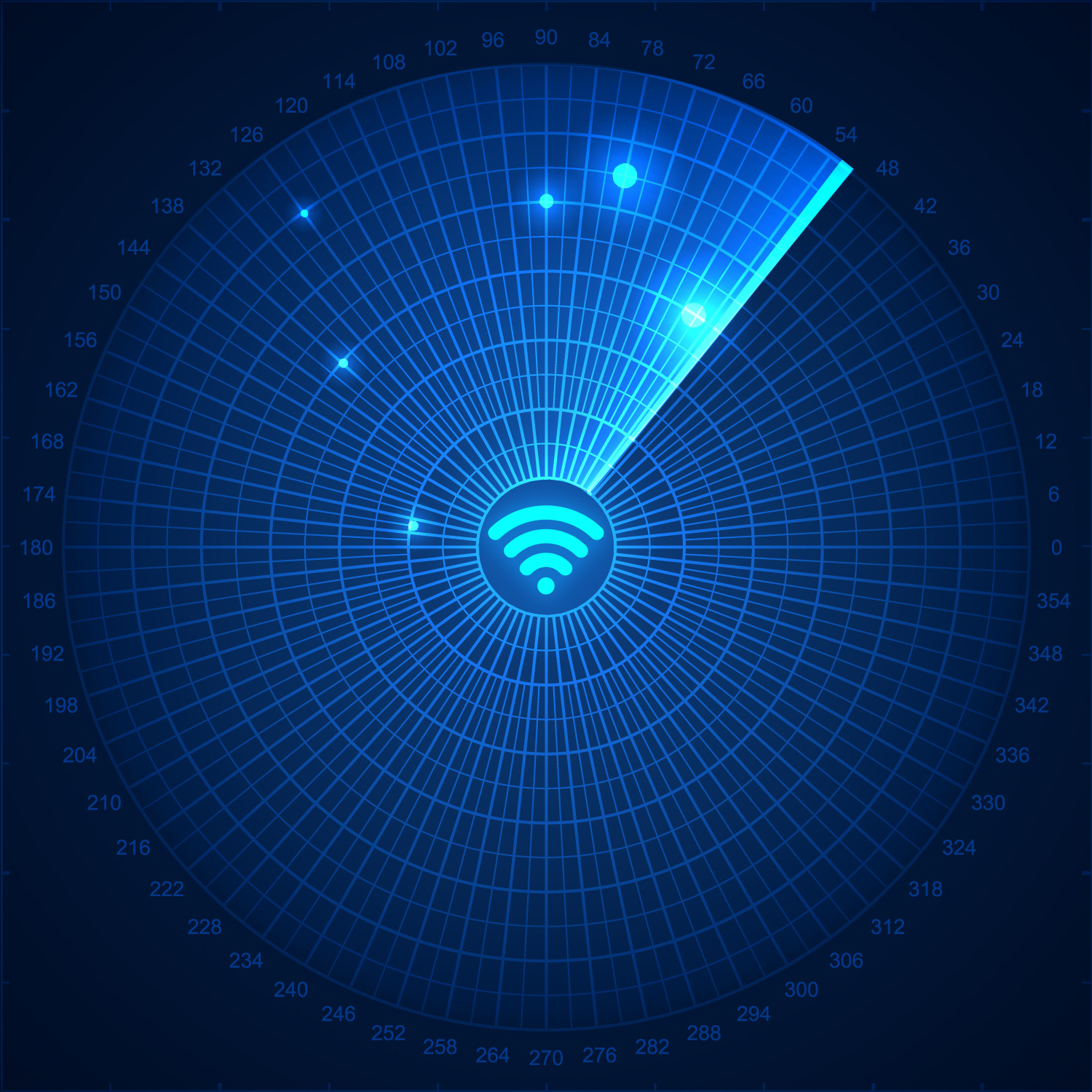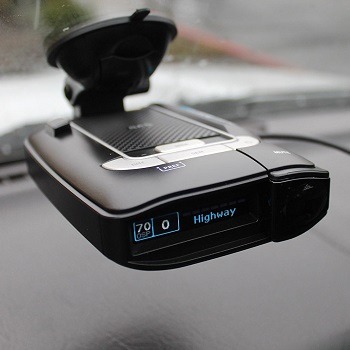

Hence, they share a number of hardware and functional components, including the RF front end and signal processing elements. Among these methods, codesign is the most innovative and promising method, in which both communication and radar systems are implemented on the same platform. These methods will be briefly reviewed in Section 2. The methods can be broadly classified into three categories, namely 1) Cohabitation or Coexistence, 2) Cooperation and 3) Codesign. Several methods have been proposed in which a radar and a communication system can share a common spectrum ( Liu et al., 2020). Hence, spectrum sharing between radar and communication systems has attracted significant interest in recent years ( Hassanien et al., 2019 Liu et al., 2019 Rahman et al., 2019). Therefore, there are a number of applications that stand to benefit from the integration of radar and communication functions. At the same time, there is increased interest in vehicle-to-vehicle (V2V) communications and considerable efforts have been made to enable various safety functions, smart traffic application and to develop autonomous vehicles. Radars are also finding new applications in health, such as in assisted living. This includes applications in the automotive industry, such as adaptive cruise control, lane change assistance, cross-traffic alerts and obstacle avoidance in autonomous vehicles ( Hassanien et al., 2019 Liu et al., 2019 Rahman et al., 2019). In addition to the spectrum congestion problem, efforts in this direction have been further accelerated by the fact that, in recent years, radar has found a number of new applications in the consumer market, in addition to its conventional applications in military, aviation and meteorology. Owing to the increase in spectrum congestion, researchers are interested in devising new ways of using the spectrum more efficiently. At the end of the paper, some performance trade-offs between the communication and radar sub-systems are also discussed.ġ Introduction and Motivation 1.1 Motivation We are mainly interested in how radar detection and estimation functions are performed in conjunction with the communication receiver functions with minimal alterations to the existing system. A basic description of the modeling of a JCR system and channels is presented, followed by discussions on the main components and processes employed in various JCR systems. We first review the recent works on IEEE 802.11p- and IEEE 802.11ad-based radars. In this article, an overview of the spectrum sharing methods is presented, with a focus on JCR systems in automotive and other applications. The most common application of JCR systems is found in vehicle-to-vehicle (V2V) communication scenarios. Moreover, the communication waveform is used as an integrated JCR waveform, i.e., the same signal is used to communicate information to a receiver and to perform radar detection and estimation operations for a nearby target. In JCR systems, additional components and processes are added to an existing standardized communication platform to enable radar functions. Joint communications-radar (JCR) systems are among the several approaches proposed to achieve this objective. Therefore, devising schemes for spectrum sharing between radar and wireless communication systems has become an important area of research. Department of Electrical and Computer Engineering, CEMSE Division, King Abdullah University of Science and Technology, Thuwal, Saudi ArabiaĬoncerns for spectrum congestion have spurred extensive research efforts on efficient spectrum management.

Sana Mazahir*, Sajid Ahmed and Mohamed-Slim Alouini


 0 kommentar(er)
0 kommentar(er)
